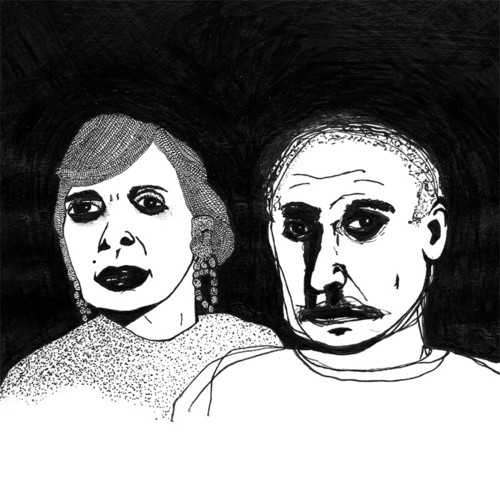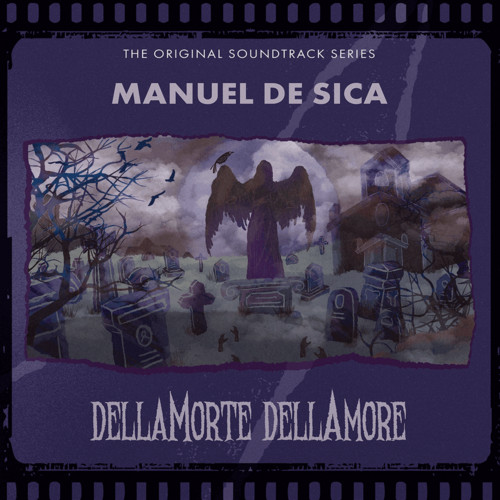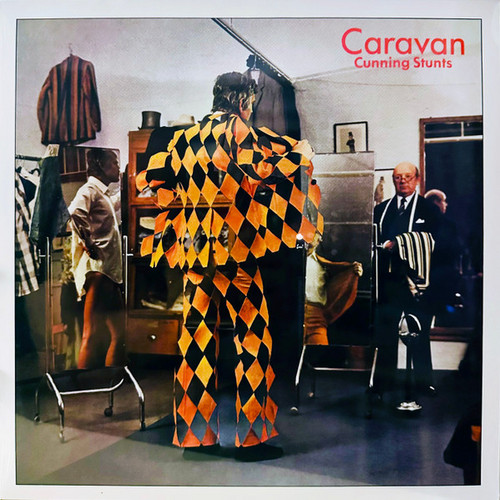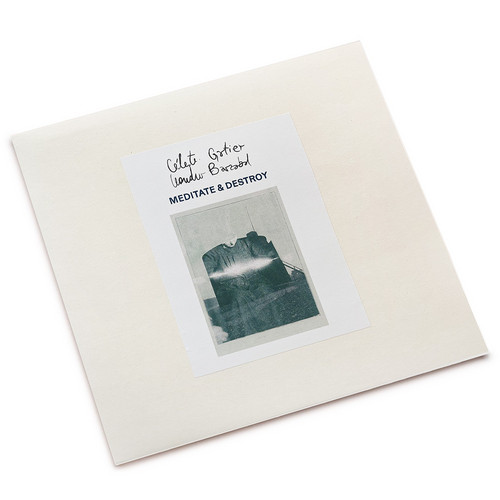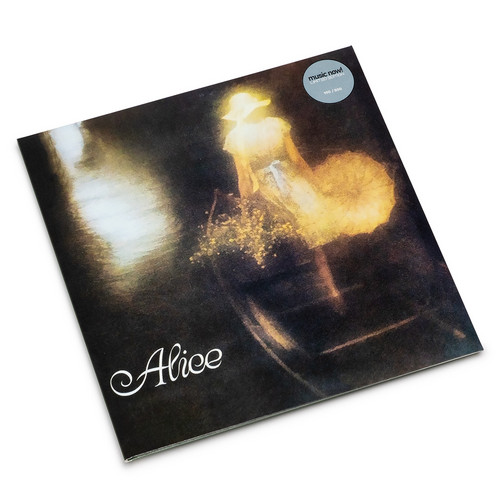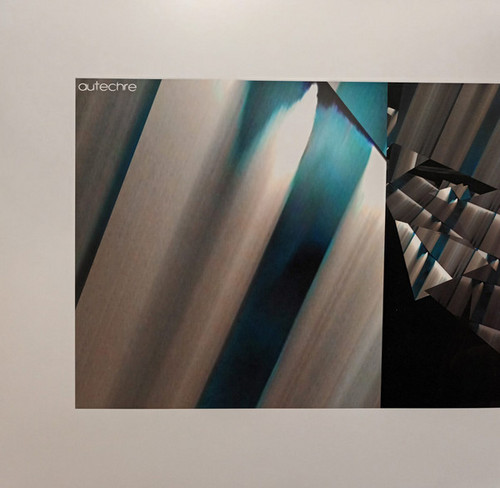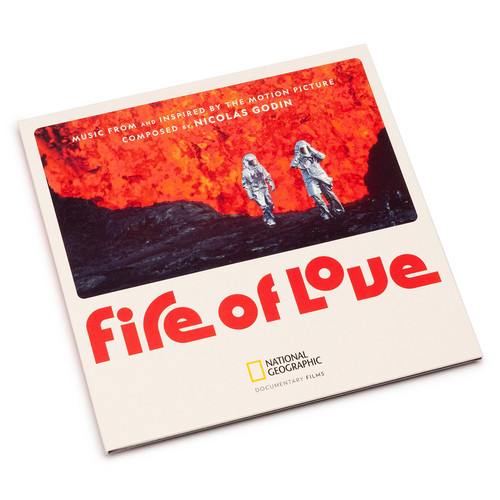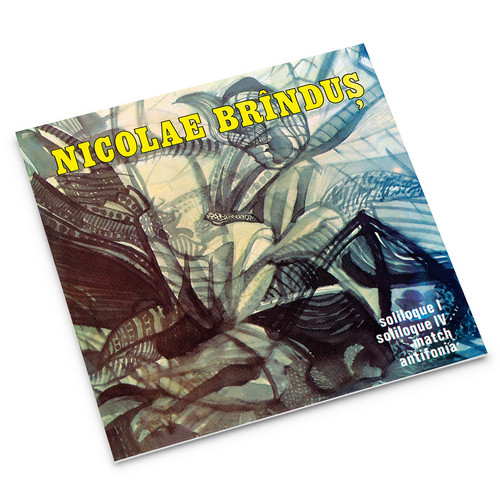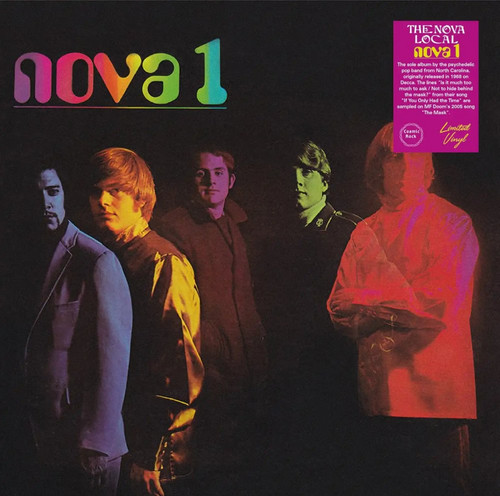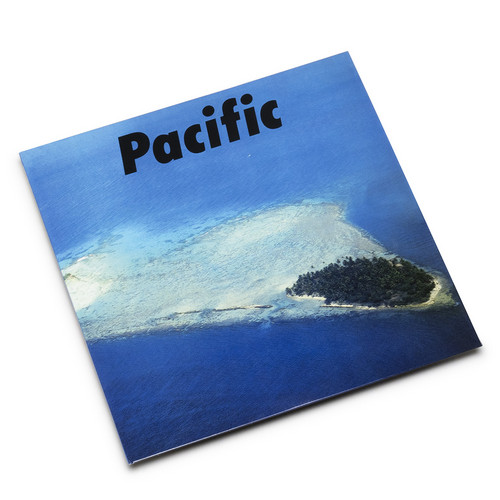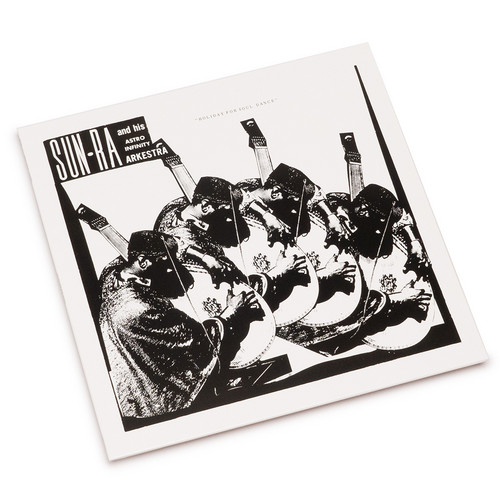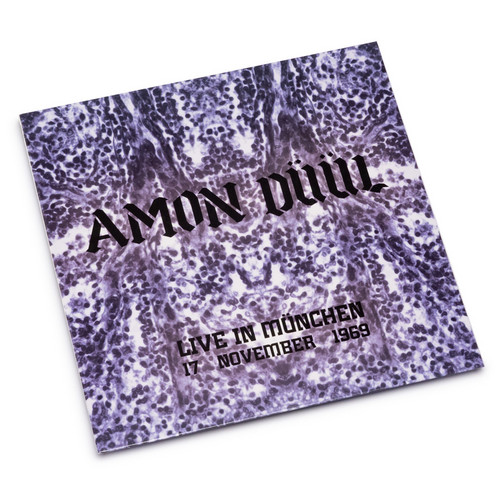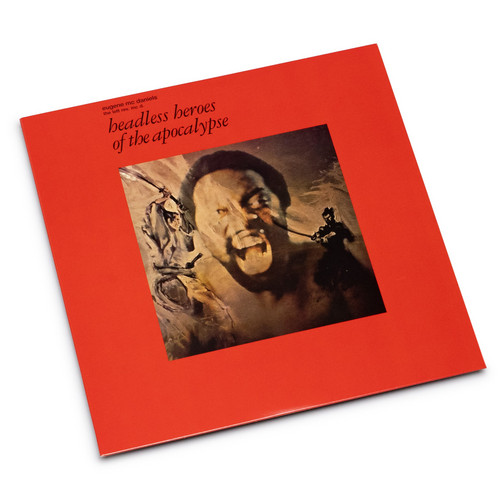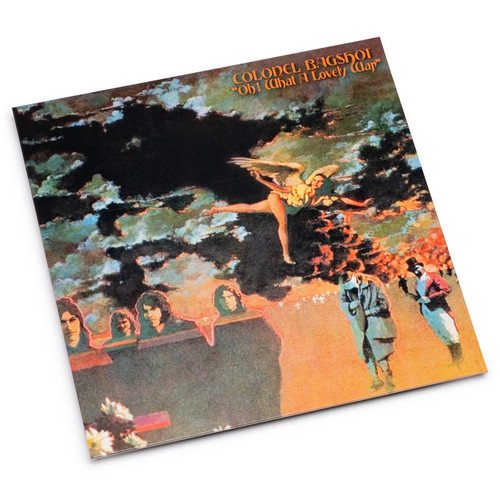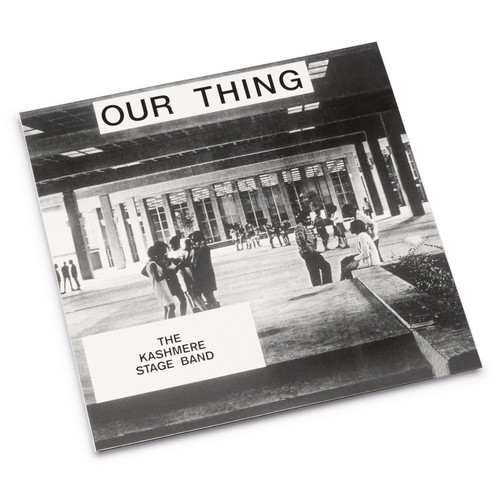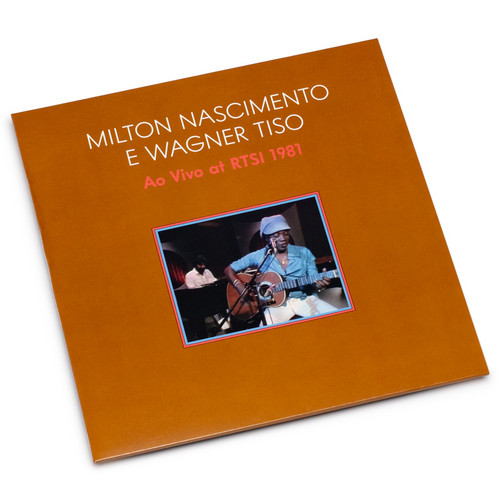Back in stock
Fellini Satyricon
Nino Rota's most radical work finally gets deluxe treatment. His groundbreaking Fellini Satyricon score abandons melody for archaic soundscapes - tribal percussion, atonal instruments, dissonant choirs creating an alien musical language. This avant-garde masterpiece evokes ancient worlds through pure sonic imagination. Limited transparent red vinyl edition of 500.
End of Life
Latest LP for Darksmith of California on Second Sleep. Darksmith of California (Tom Darksmith) combines wilting electronics, floppy turntablism and sun-baked cassette protocols and destroys them in a claustrophobic void
Della Morte dell'Amore
Della Morte dell'Amore composed by Manuel De Sica, embodies a complex fusion of brooding electronics, subtle jazz, and gothic undertones, reflecting the film's darkly comic narrative. Spanning 34 tracks, the album stands out for its evocative mood shifts and meticulous attention to emotional detail. Limited purple vinyl edition of 500.
Cunning Stunts
For those who still believe prog is a four-letter word, Caravan remain a mystery - More fool them, for they are missing out on some of thesweetest and most tuneful melodies in 70s rock, whether it be the jazz- inflected vaudeville of the title track of If I Could Do It All Over Again, I'dDo It All Over You, the gentle celebration of Virgin On The Ridiculous from Caravan & The New Symphonia or the funky ambition of The Dabsong Conshirtoe on Cunning Stunts. Formed, like Soft Machine, from the grou…
Meditate & Destroy
200 numbered copies, with handmade and buffered cover. Contains a A4 insert. Les Disques Omnison announces the release of Meditate & Destroy, the long-awaited debut LP by Leandro Barzabal and Céleste Gatier, a duo that has been making waves in experimental circles across France and Argentina. Following stunning live performances throughout France and a successful tour in Argentina alongside French noise musicians Cigve (Catherine Guesde) and Vomir (Romain Perrot), Barzabal and Gatier have distil…
M.elle Le "Gladiator"
Edition of 300 copies, white vinyl. In the sprawling catalog of Franco Battiato's remarkable career, certain artifacts remain tantalizingly out of reach—works that slip between the cracks of official discographies yet represent crucial moments in the evolution of one of Italy's most visionary artists. M.Elle Le Gladiator stands as one such treasure, released in 1975 as the final and most controversial work of Battiato's experimental period for the Bla Bla label, marking the end of what many cons…
La Mia Poca Grande Età
“La mia poca grande età” is Alice's first studio album, originally released in 1975. Reissued for the first time in this new edition on black vinyl / 180 gram, limited and numbered edition 500 copies.
Confield
*2024 stock* "With Confield, Sean Booth and Rob Brown largely abandoned the warm ambient sounds of their earlier works such as Amber and Tri Repetae in favour of more chaotic and abstract sound palettes and methods of composition that they had been pursuing with LP5, EP7, and Peel Session 2. Confield saw the experimental use of computer programs, specifically Max/MSP, to form the basis of songs instead of stand-alone synthesizers. According to Booth, "Most of Confield came out of experiments wit…
Fire Of Love - Music From And Inspired By The Motion Picture
The 15-track album is comprised of the score Nicolas Godin contributed to the Oscars-nominated documentary film "Fire of Love" directed by Sara Dosa in 2022 (streaming worldwide on Disney+), as well as original music inspired by it."Fire of Love" is the extraordinary love story of intrepid French volcanologists Katia and Maurice Krafft, who died just as explosively as they lived — capturing the most spectacular imagery ever recorded of their greatest passion: volcanoes.
Match / Soliloque 1&4 / Antifonia
Nicolae Brînduş's Match / Soliloque 1&4 / Antifonia reissues the composer’s most eccentric works from the PHTORA cycle (1968-1972), blending collective improvisation, spectral tradition, Romanian folklore, and free jazz into a mesmerizing tapestry. Tape manipulations and reverberation add depth, while Ana Golici’s sleeve art captures the album’s vivid sensibility.
Nova 1
Nova Local's Nova 1 remains the sole album from this cult psychedelic pop band hailing from Chapel Hill, North Carolina. Formed in 1964, the group released this distinctive debut in 1968 on the prestigious Decca label before disbanding shortly thereafter. The album blends original tracks with timeless covers, capturing a vibrant mix of jangle-rock and psychedelia that channels the spirit of the Nuggets era. Standout cover songs include the iconic blues standard “Tobacco Road,” famously interpret…
Pacific
2025 repress. Victory present a reissue of Pacific, originally released in 1978. Reuniting the best session musicians Japan had to offer to make an album that would evoke the atmospheres of the South Pacific islands, the kind of places Japanese people spend their vacations. Pacific is a treat to the ears; its theme of the southern Pacific ocean and its warm cerulean waters relax its listeners with a fusion of city pop, soft jazz, and that good old 1970s funk while remaining surprisingly fully in…
Holiday For Soul Dance
Holiday For Soul Dance finds Sun Ra Arkestra at its most approachable, trading cosmic chaos for spirited reinvention of jazz standards recorded in Chicago, 1960. Even as familiar melodies pulse through the session, Ra and his ensemble infuse each note with irrepressible eccentricity, blurring nostalgia and space-age wit.
Byzantium
Byzantium by Byzantium navigates the lush crossroads between British psychedelia, progressive folk, and classic rock. Released in 1972, the band’s sophomore LP intertwines ringing acoustic guitars, harmony-laden choruses, and searching, poetic lyricism—a cult artifact, shrouded in rich three-part singing and midnight-stained atmosphere.
Live In München: 17 November 1969
Experience the raw energy and cosmic spirit of Amon Düül in their landmark live performance captured on Live In München, 17 November 1969. This release showcases the classic early lineup of a pioneering band at the peak of the Psychedelic Underground movement.
Featuring Renate Knaup-Kroaetenschwanz’s haunting vocals, the intricate guitar work of Chris Karrer, Johannes Weinzierl’s pulsating bass rhythms, the dynamic drumming of Peter Leopold, and Falk U. Rogner’s atmospheric organ, this concert t…
Headless Heroes of the Apocalypse
Headless Heroes of the Apocalypse by Eugene McDaniels is a singular statement of early-70s soul dissent, bridging the realms of jazz, funk, and political activism. With inventive musicianship and lyrics addressing injustice, colonialism, and resistance, the album remains a powerful, relevant artifact, both musically adventurous and unflinching in its message.
Akira O.S.T.
*2025 stock* The strength of the Akira soundtrack lies in its unique blend of traditional Japanese instruments and futuristic electronic sounds. Yamashiro weaves together an eclectic mix of influences, creating a sonic landscape that mirrors the dystopian and cyberpunk themes of the movie. The use of traditional chants, taiko drums, and shakuhachi flutes alongside electronic synthesizers and orchestral elements generates a hauntingly mesmerizing atmosphere that perfectly complements the visuals …
Oh! What A Lovely War
Originally released in 1971 on Chess subsidiary Cadet Concept, Oh! What A Lovely War is the only full-length album from Liverpool’s underrated psych rock quintet Colonel Bagshot. What an evocative title, resonating powerfully in today’s world.
Though the band’s name might not be instantly familiar, their musical legacy persists through an intense series of 7-inches issued between 1969 and 1973. Over time, these releases helped them build a devoted cult following. The album itself remained a hidd…
Our Thing
From the halls of Kashmere High School to the discographies of funk aficionados worldwide, the Kashmere Stage Band’s debut album Our Thing, self-released in 1969, stands as a defining artifact of American funk. Born from a Texas student ensemble under the exacting direction of musical director Conrad O. Johnson, the band forged a sound steeped in raw, unfiltered groove and high-velocity horn work that would resonate for decades.
Our Thing captures the Kashmere Stage Band at a pivotal moment: a r…
Ao Vivo 1981 (Live at Swiss TV with Tiso Wagner)
Experience the breathtaking artistry of Brazilian music legends with the remarkable release of "Milton Nascimento/Wagner Tiso – Ao Vivo 1981 (Live at Swiss TV)." This album captures an unforgettable 1980 performance, where Milton Nascimento’s flawless melodies and rich harmonies bloom in every note.
Joined by his long-time collaborator, the renowned pianist and arranger Wagner Tiso, Nascimento delivers a wondrous set—his evocative vocals and warm acoustic guitar intertwining with Tiso’s masterfu…
